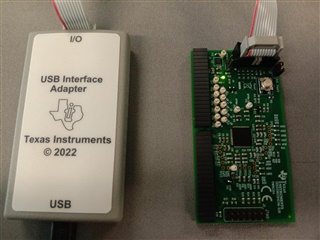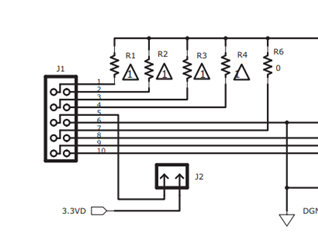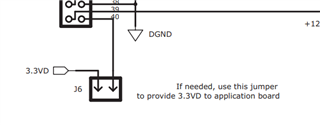Other Parts Discussed in Thread: USB-TO-GPIO2,
Hello.,
With the USB-to-GPIO2 adapter and the UCD3138 components in hand, what's the process for flashing the firmware onto the UCD? Is it possible to do so without an XDS110 adapter?

This thread has been locked.
If you have a related question, please click the "Ask a related question" button in the top right corner. The newly created question will be automatically linked to this question.
Hello.,
With the USB-to-GPIO2 adapter and the UCD3138 components in hand, what's the process for flashing the firmware onto the UCD? Is it possible to do so without an XDS110 adapter?

Hello Tasmiya,
I have already answered your question from your previous E2E post on how to get started with the UCD3138 control card. Please refer to that answer. Also, please watch the UCD training lab videos. They walk you through exactly how to get started with the UCD3138 control card.
Previous E2E post: https://e2e.ti.com/support/tools/code-composer-studio-group/ccs/f/code-composer-studio-forum/1352388/ucd3138-ucd-3138cc64evm-030
Regards,
Jonathan Wong
Hello, sir.
Thank you for answering; it resolved my issue. Could I get the code to blink an LED light for the UCD3138 using USB to GPIO2, utilizing the 1803D DC power supply (Output in sine wave, 0 for LED off and 1 for LED on)?
Hello Tasmiya,
I do not understand what your goal is and the purpose of the DC power supply is for. Power to the UCD control card is either supplied by the PMBus or the I/O connector on pin 40. Use a jumper to toggle between the two voltage sources (short J2 for PMBus source and J6 for I/O source).


You can configure a GPIO by toggling the pin's GPIO bit. Please see section 9.9 on page 364 of the UCD 31xx TRM: https://www.ti.com/lit/ug/sniu028d/sniu028d.pdf
If this post or the other E2E post answered your question, then please click the green "This Resolved My Issue" button.
Regards,
Jonathan Wong
Hello Jonathan Wong,
I want to create a program for blinking LED lights on the UCD3138. The output should be displayed in the power supply, where 0 indicates the light is off and 1 indicates the light is on in a sine wave. Is it possible to achieve this?
Hello Tasmiya,
I am still confused by your description. Do you have a drawing that explains this? Do you mean that you want an LED to turn off if there is no output power in the power stage and the LED to turn on when the output power is a sine wave?
The UCD3138 is based on ARM7 architecture so it still has all the features of a typical microcontroller. You can always use regular GPIOs to turn on and off based on inputs and calculations. While I do not fully understand what you are trying to do, I do not see any limitations with the UCD3138.
Regards,
Jonathan Wong